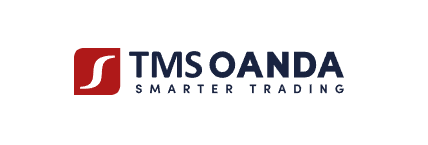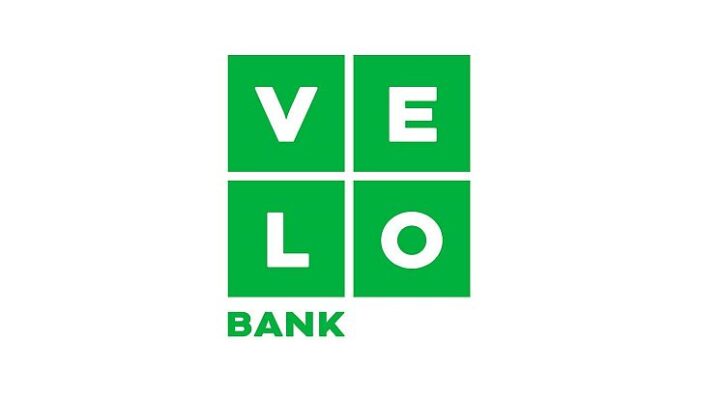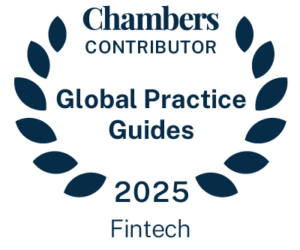EU officials formally signed Markets in Crypto Assets (MiCA) regulation into law on last Wednesday! The entire act counts 525 pages and we are more than ready to share with you some interesting tips on that. (https://eur-lex.europa.eu/legal-content/EN/TXT/PDF/?uri=CONSIL:PE_54_2022_REV_1 )
What next?
1) Publication in the official journal of the EU (shortly),
2) Entry into force 20 days after that,
3) Entry into application,
– 12 months later for stablecoins (& stablecoin issuers),
– 18 months later for other crypto-assets and CASPs.
Good to know!
MiCA does not adequately consider the nuances of different technology standards. It leaves out DeFi protocols, staking, lending and NFTs altogether and this is the natural cost of the innovation.
- Loopholes and gaps. The upcoming EU cryptos-assets definitions are a nice change from the perspective of the regulatory uncertainty in the US (particularly with regard to the applicability of securities law to tokens). Still, MiCA has a loopholes. Although it does not cover an NFT itself, the large parts of the current NFT market may actually end up in MiCA’s scope through this back door. This is especially the case of fractional NFT (fNFT) commonly issued in series of fungible tokens (parts). This brings us to the next point.
- Technology. Underlying technology matters. There are many ways to design and deliver of NFT token, and many of them push the limit of „non-fungibility”, which is the parametr behind NFT uniqueness. Also Decentralized or algorithmic stablecoins are not exempted from the MiCA rules. This means that forcing the compliance with MiCA requirements can be particularly challenging in a substantially (though not entirely) decentralized environment. MiCA also states that new rules applies even “when part of such activities or services is performed in a decentralised manner”. The right question is – How decentralized is your project? [and] How much decentralization (technical, governance, legal etc.) is necessary to stay out of scope? Wrong answer to these technological questions may hit your project with law that already targets centralized financial or stock market companies.
- Devil lies in the legals. Some parts of MiCA are large, and not by accident. New provisions were designed mainly to protect customer rights and protect the crypto-assets market. Apart from many standard obligations e.g. MiCA offers retail holders of newly issued token in the token offering a right of withdrawal (without incurring fees) within 14 calendar days after acquisition. It will be interesting to see how this will be managed in practice considering price fluctuations of the markets in crypto-assets.
How to benefit?
Prepare for changes and have a plan in advance to adapt.
For example, in some scenarios, 14 days technical lock-up for all new tokens delivered at once, alongside 14 days right of withdrawal might be a response to comply with both legal and business needs (risk of price fluctuations after partial tokens release). Choosing the technical standard (ERC 1155 vs. ERC721) for your future NFT token can be a deadly choice for your business. Finally, decentralization is less a binary outcome and more a spectrum or a series of spectrums for each project. When evaluating DeFi or simply decentralized product or service, it is crucial to analyze the technology stack to find out its key central points. It helps you to measure whether and to what extent centralized you are.
These are decisions to be made right now.
Final notes
The gray areas of law are often a by-product of the law-making process. The reason is very simple. Not everything can be regulated. Especially of law dedicated to virtual frameworks changing in fast pace.
In such cases, your technological and business background is of the essence. A good understanding of these aspects before entering the world of digital assets will protect you and your entity from being disappointed. We got to know digital businesses long before MiCA came to light. Thus, we know how to fit your digital solution into the upcoming MiCA framework.
Stay in touch!
Stay tuned and follow us on Linkedin to get more info about our further MiCA consideration.
You can contact Wojciech Ługowski regarding this topic.










